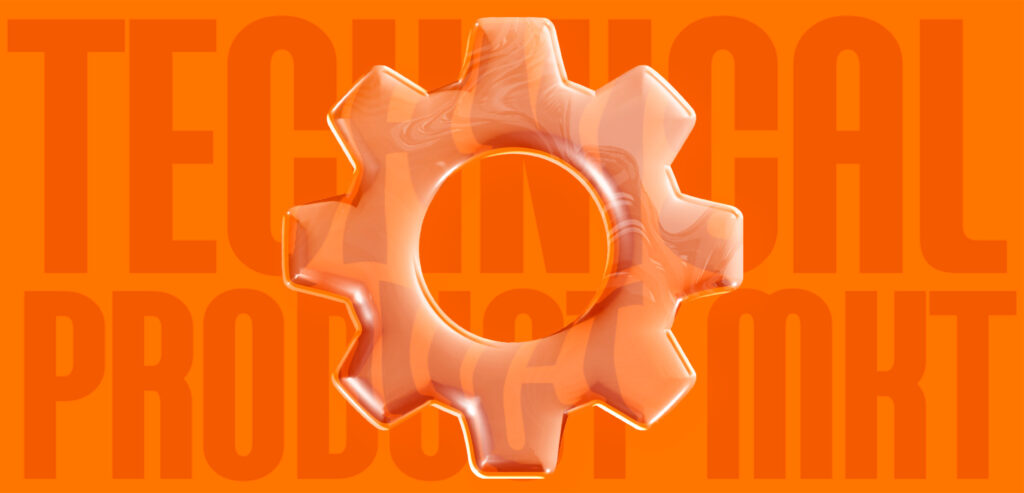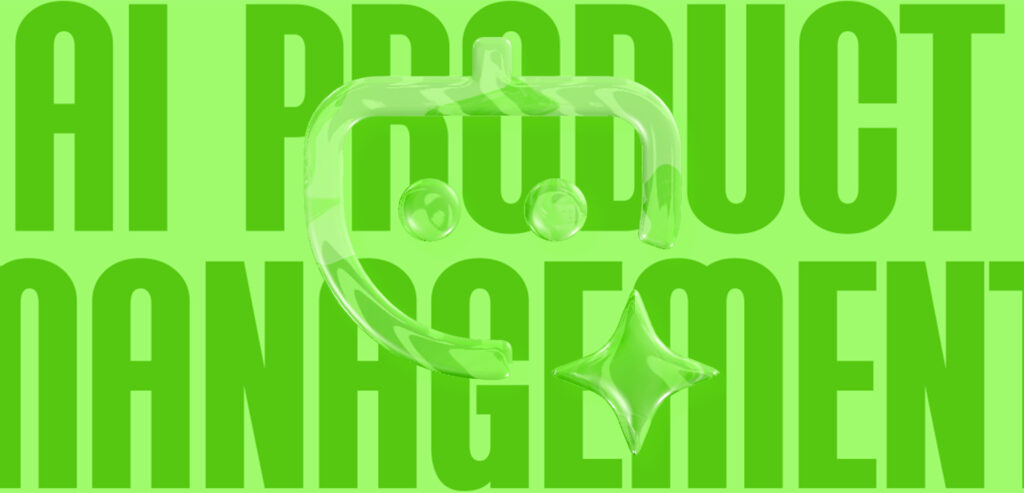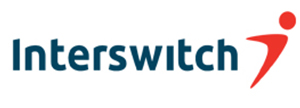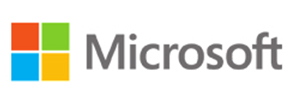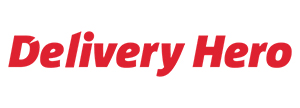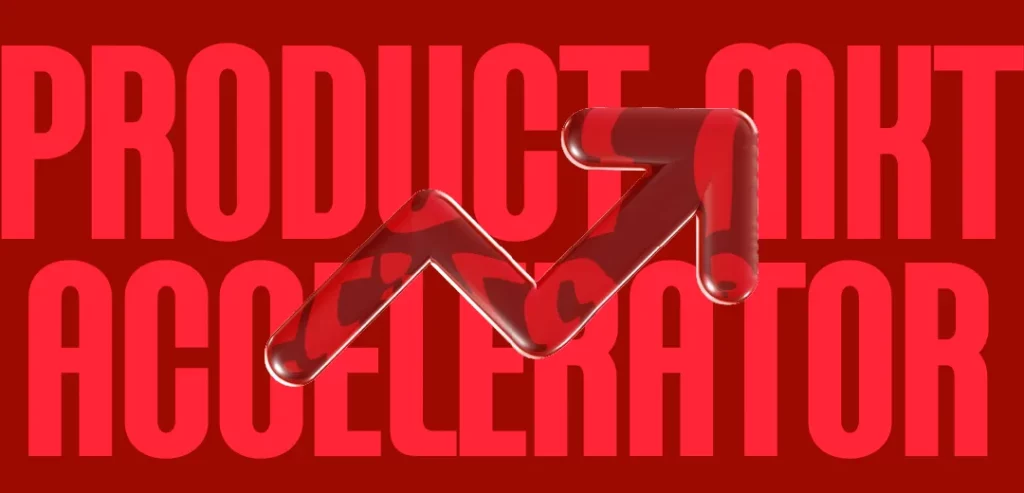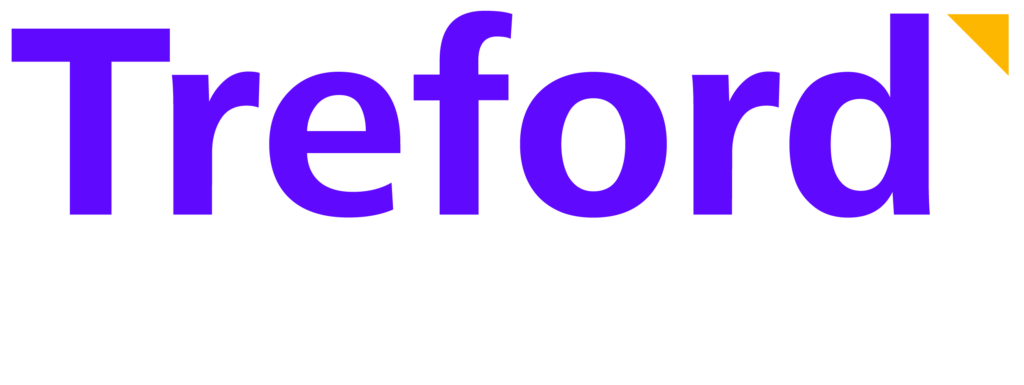First Cohort Price
$250
Only 20 seats available
Subsequent Cohort Price
What's included

Need an invoice?
We can generate invoices for your company to pay directly.
October 25, 2025
Build the Future of Finance.
Where our alumni work
What you'll learn
What you'll learn
How you will learn
Expert-led sessions
Every session is a perfect blend of learning and practical activities with your peers led by proven industry experts
Project-Based
Work on weekly projects with your peers and an individual capstone project to build your portfolio.
Recognized Badges
Treford Alumni work in leading companies across Africa, Europe, and North America.
What's included
- 15 Live classes
- Weekly feedback
- Periodic Assessment
- Practical AI case study
- Certificate of completion
Expert-led sessions
Every session is a perfect blend of learning and practical activities with your peers led by proven industry experts
Project-Based
Work on weekly projects with your peers and an individual capstone project to build your portfolio.
Recognized Badges
Treford Alumni work in leading companies across Africa, Europe, and North America.
Post Program Support
Stay supported even after graduation with career guidance, mentorship, and access to our growing alumni community to help you land opportunities and keep advancing.
Curriculum
Description: Deconstructs the end-to-end payment journey, focusing on strategic decisions about payment architecture.
Learning Objectives:
- Deconstruct digital payment transaction flow from a technical and business perspective.
- Compare retail payment topologies (push vs. pull; account-to-account; card; wallet).
- Map end-to-end payment flows across markets (UK open banking, India UPI, mobile money rails across Africa), then deep-dive NIBSS as a payment-switch example.
- Analyze the roles of key players (e.g., Acquirer, Issuer, Payment Gateway) and their impact on product features, user experience and design and performance.
- Evaluate and select appropriate payment gateway providers based on criteria like success rates, latency, API quality and possible integration challenges.
- Map a payment flow for a specific product and identify potential points of failure and optimization.
Description: Demystifies the back-end “plumbing” of digital payments.
Learning Objectives:
- Differentiate between switching, clearing, and settlement processes and their impact on transaction speed and finality.
- Compare how payment switches work in different regions (e.g., NIBSS in Nigeria vs mobile money aggregators in East Africa vs ACH in the US).
- Design a reconciliation system that identifies discrepancies between transaction records and bank statements (internal ledger ↔ bank statements ↔ partner files).
- Develop key performance indicators (KPIs) and metrics for monitoring the health of a payment settlement system.
- Define reliability KPIs (auth rate, time-to-funds, reversal SLA).
- Specify operational alerts and on-call runbooks.
Description: Explores the entire card value chain from a product strategy perspective.
Learning Objectives:
- Understand the roles and relationships of the Issuing Bank, Acquiring Bank, Payment Scheme, and Card Networks (Visa, Mastercard, Verve).
- Evaluate the product benefits and trade-offs of physical, virtual, and co-branded cards.
- Analyze the strategic and security implications of EMV chips, tokenization, and contactless payments.
- Understand contactless payments and NFC.
- Understand the revenue models associated with card products, including interchange fees and annual charges.
- Explain how POS devices work as acceptance terminals, including hardware/software integration, scheme certifications, and security requirements (PCI-DSS, PIN pads).
Description: Understand the evolution and types of digital wallets (closed-loop, semi-closed, open-loop) and their use cases in Fintech.
Learning Objectives:
- Explain closed-loop (e.g Chowdeck wallet), semi-closed, and open-loop wallets, including use cases in Fintech and payments.
- Understand how wallet providers manage customer funds through escrow accounts, pooled vs segregated structures, and investment options.
- Outline key compliance issues (licensing, safeguarding, capital requirements, AML/KYC) tied to stored value.
- Define breakage (unused balances), discuss its accounting treatment, regulatory risks, and strategic impact on wallet economics.
- Assess usability, revenue potential, risk exposure, and operational complexity across different wallet systems.
Description: Focuses on understanding the legal and strategic constraints of license pathways vs. sponsor/BaaS partnerships; sandboxing; regulators (CBN, SEC and comparative view of other markets).
Learning Objectives:
- Differentiate between the various Fintech licenses in Nigeria (e.g., PSSP, MFB, Super Agent) and their strategic implications for business models.
- Develop a product launch plan that incorporates a regulatory strategy.
- Understand the roles of key regulatory bodies, including the CBN and SEC, and the potential for overlapping jurisdiction.
- Evaluate the trade-offs between obtaining a license and partnering with a licensed entity.
Description: Persona-driven onboarding- verifying persons, businesses, and UBOs; sanctions/FEP/PEP screening; e-KYC.
Learning Objectives:
- Design KYC/KYB/UBO flows (document, biometric, database checks).
- Balance friction vs. risk with tiered onboarding.
- Define adverse media, PEP/sanctions screening schedules.
- Incorporate data protection regulations into onboarding flows
- Specify ongoing due diligence and periodic reviews.
Description: Explore the major types of fraud that Fintech products face, such as account takeovers, SIM-swap attacks, social engineering scams, and the creation of fake or synthetic identities. Learn how these threats are detected using tools like device fingerprinting, transaction velocity checks, and machine learning–based anomaly detection.
Learning Objectives:
- Identify and document the potential fraud entry points (attack surfaces) for each product type- such as cards, account-to-account transfers (A2A), wallets, and lending platforms.
- Design a layered fraud control framework that uses multiple defenses such as device checks, customer behavior analysis, transaction limits, and step-up authentication.
- Develop real-time fraud monitoring playbooks that define rules, thresholds, and escalation processes for suspicious activity.
- AI-based anomaly detection in fraud playbooks, reflecting trends.
- Set and track fraud KPIs (e.g., fraud loss rate, false decline leakage) to align fraud management with overall business performance goals.
Description: Focuses on managing the chargeback process and building a product that instills trust even when things go wrong.
Learning Objectives:
- Understand the chargeback process from the user, merchant, and bank’s perspective.
- Design an end-to-end chargeback workflow covering all stages: dispute intake, evidence collection, representment, and resolution.
- Identify and instrument the required data sources (e.g., authorization logs, device info, location data) to strengthen dispute handling.
- Design an operational and product strategy to minimize chargeback rates and financial loss.
- Create an effective internal process for dispute resolution and customer communication.
- Implement preventive UX measures such as clear receipts, recognizable merchant descriptors, and timely transaction notifications to reduce dispute frequency.
- Define and track key trust metrics including dispute rate, recovery success rate, and customer satisfaction (CSAT).
Description: Go beyond building features and learn how to create defensible value. This module covers competitive analysis, customer discovery, and JTBD frameworks to identify what truly sets your product apart. Participants will explore how to mine weak signals from the market, define Ideal Customer Profile (ICP), and translate unique strengths (data, ops, distribution) into roadmap bets.
Learning Objectives:
- Build a competitor feature/positioning matrix to visualize gaps and overlaps in the Fintech market.
- Run customer discovery interviews and synthesize qualitative insights into clear JTBD for your product.
- Identify defensible USPs anchored in capabilities (ops excellence, proprietary data, distribution channels).
- Prioritize and convert USPs into roadmap bets with measurable outcomes and success metrics.
Description: Design and operate an agency banking model, covering agent network setup, cash-in/cash-out processes, POS-based transactions, liquidity management, reconciliations, and agent-level compliance (KYC).
Learning Objectives:
- Analyze and model agent economics, including commissions, float requirements, and cash cycle dynamics.
- Evaluate POS device strategies (owned vs. leased, Android POS vs. traditional terminals) and their impact on agent economics and fraud risks.
- Define the agent lifecycle: recruitment, onboarding/training, performance monitoring, and churn management.
- Explore integration points between agency banking operations and wallet/payment products.
Description: Provides a strategic overview of the various product categories and their business models.
Learning Objectives:
- Analyze the business models and revenue streams of wallets, mobile money operators, and neo-banks.
- Evaluate the strategic advantages and disadvantages of an aggregator model.
- Compare core Fintech business models (transactional, subscription, lending/credit, float-based, platform/ecosystem).
- Analyze revenue levers and unit economics for each model.
- Identify high-value VAS opportunities aligned to customer needs and distribution.
- Identify value-added services that can be delivered via smart POS (bill payments, airtime, mini-ERP for SMEs) and digital channels.
- Assess how smart POS devices extend fintech product distribution and merchant stickiness.
- Design bundling strategies that improve retention and monetization.
- Identify opportunities for product innovation within existing Fintech categories.
- Develop a competitive analysis framework for Fintech products.
Description: Explores the future of finance, where financial services are integrated into everyday products. Understand the twin layers of modern Fintech infrastructure: (1) Embedded Finance and Open Banking rails (accounts, cards, payments, data), and (2) API products as platforms. Learn to assess vendors, define shared compliance responsibilities, and also build APIs that developers love. Then see how these rails power embedded apps across marketplaces, SaaS, and gig platforms.
Learning Objectives:
- Define embedded finance and understand its business implications.
- Analyze the role of Open Banking APIs in enabling new product features and business models.
- Brainstorm opportunities to embed financial services into non-financial platforms (e.g., e-commerce, ride-hailing).
- Understand the technical and regulatory challenges of building an embedded finance product.
Description: Deep dive into designing and operating cross-border payment systems. Explore corridors, payout partners, FX management, treasury operations, settlement cycles, and compliance frameworks (including sanctions and the Travel Rule where applicable).
Learning Objectives:
- Understand the traditional cross-border payment system (e.g., SEPA, SWIFT) and its limitations.
- Analyze the product features and business models of modern remittance companies.
- Corridor Strategy: Select optimal payment corridors and payout methods (bank, mobile wallet, cash-out) based on cost, reliability, and customer behavior.
- Treasury & Liquidity: Design treasury policies to manage settlement cycles, pre-funding, liquidity buffers, and reconciliation.
- FX Management: Model FX spreads, rate sources (mid-market vs. partner quotes), and fee transparency in customer UX.
- Compliance & Monitoring: Define transaction monitoring for AML, sanctions screening, velocity controls, and geo-risk management.
- Governance: Draft a risk framework covering counterparty risk, FX exposure, and regulatory obligations across jurisdictions.
- Identify the regulatory and technical challenges of building a cross-border payment product in Africa.
- Stablecoins: Evaluate the potential of stablecoins and other blockchain-based solutions for cross-border payments, along with its regulatory risks.
Description: Explore how regulated FinTechs can leverage stablecoins, tokenized assets, and decentralized finance. Contrast opportunities with regulatory and operational risks.
Learning Objectives:
- Understand stablecoins (USDC, USDT, CBN’s eNaira) as settlement instruments.
- Map use cases: cross-border remittances, on/off-ramps, yield products, tokenized deposits.
- Assess DeFi primitives (DEXs, lending pools, staking) and their relevance for FinTech.
- Identify key risks: volatility, counterparty, smart contract exploits, and regulatory scrutiny.
- Explore hybrid models (crypto ↔ TradFi bridges, stablecoin settlement with fiat payout).
Description: End-to-end view of digital lending: origination, underwriting, disbursement, servicing, and collections. Explore governance frameworks, risk policies, and how technology enables credit operations at scale.
Learning Objectives:
- Draft a credit policy (eligibility, credit limits, pricing rules, approval authorities).
- Establish risk governance frameworks (credit committee structure, escalation protocols, compliance alignment).
- Design loan servicing workflows (amortization schedules, rescheduling options, hardship programs).
- Plan collections strategies (soft vs. hard collections, digital-first vs. agent-led, compliance + customer empathy).
- Evaluate technology enablers (scoring models, decision engines, alternative data, automation in collections).
- Track portfolio health KPIs (Days Past Due – DPD, Non-Performing Loans – NPL, Loss Given Default – LGD, cohort-based loss tracking).
Description: Explore modern credit scoring with traditional and alternative data, fraud vs. credit risk separation, BNPL flows, affordability checks, and regulatory compliance. Learn how to balance predictive power, fairness, and customer experience in digital lending.
Learning Objectives:
- Select and justify data sources (credit bureau, payments, behavioral, telco, social/alt-data) while addressing bias and predictive power trade-offs.
- Design BNPL customer journeys (onboarding, affordability assessment, repayment flows, repeat usage loops).
- Build risk-based pricing & limit assignment models (tiered rates, dynamic limits, promotional vs. evergreen pricing).
- Separate fraud/ATO (account takeover) controls from genuine credit signals to avoid false declines.
- Implement affordability & explainability standards (adverse action notices, transparency in model-driven decisions).
- Evaluate technology enablers (decision engines, credit APIs, ML scoring models) and their impact on scalability.
Description: Teaches participants to use transaction data, user behavior, and risk signals to inform strategic product decisions.Event modeling, North Star metrics, funnel/cohort analysis, operational KPIs, and data governance best practices.
Learning Objectives:
- Architect a data system to capture and analyze key Fintech metrics across product, risk, and operations.
- Define events and attributes that power both product performance and risk/fraud analytics.
- Establish and track North Star metrics and supporting input metrics per product line.
- Incorporate AI insights for predictive analytics.
- Use data to identify opportunities for product optimization, growth, and risk reduction.
- Design stakeholder dashboards (executive, operations, risk) that provide real-time, actionable insights.
- Draft data quality SLAs and governance structures to ensure accuracy, timeliness, and accountability.
Description: Design and scale loyalty systems (cashback, points, tiers) while managing profitability, fraud, and customer engagement.
Learning Objectives:
- Design a rewards system that aligns with product goals and user behaviors.
- Model financial impact (reward liability, caps, breakage, sustainability).
- Understand technical design of rewards engines and roadmap from MVP to advanced iterations.
- Implement fraud/abuse prevention controls in loyalty mechanics.
- Run experiments (A/B, geo-tests) and measure lift on key metrics (retention, transaction volume).
This final, capstone project challenges participants to synthesize their knowledge and apply it in a real-world scenario. They will design and present a complete Fintech product from end to end.
Project Goal:
Participants will work individually or in small groups to design a new Fintech product that solves a real problem for a specific user segment in the Nigerian market. The project will require them to demonstrate mastery of all previous modules.
Where our Facilitator works
Key Stats
Alumni Reviews




Alumni Reviews

Projects from previous cohorts
Success Metrics
Program KPIs
- 🤯 Average skill assessment improvement: 60+ points
- 🚀 Job promotion rate within 6 months: 25%
- 💸 Salary increase within 12 months: 15% average
- 🎯 Alumni referral rate: 40%
Participant Outcomes
- 🤯 90% completion rate
- 🚀 85% satisfaction score
- 💸 75% implement learnings within 30 days
- 🎯 50% achieve measurable ROI improvement within 90 days
Related Free Resources
Frequently Asked Questions
Tab Item Content

Need an invoice?
We can generate invoices for your company to pay directly.
Related Programs

